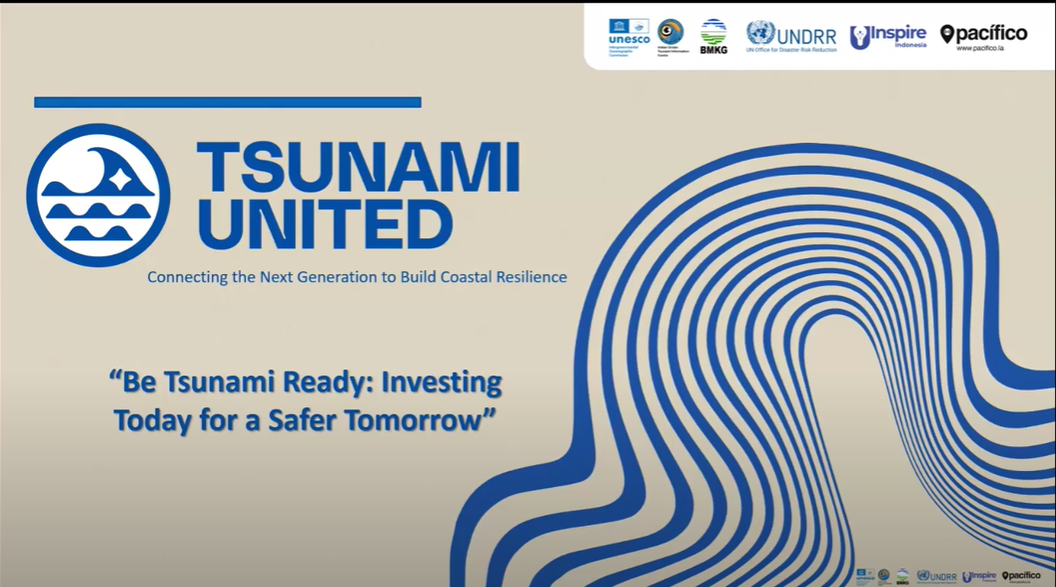
2nd Session's Resources
If you’re unable to attend the live event, don’t worry!, you can catch up by watching the recording of the session. The insightful discussions, valuable insights, and practical tips shared by our speakers await you in the recording.
Playlist
Additionally, we’ve made the slide deck available for download. Simply click here to access the presentation material.
2nd Session's Assignment
When working on your Infographic, here something you might consider this steps:
Objective → Audience → Content → Key Message | Call to Action → Visual and Readability.
Identify what is your objective, is it to
- Educate, to let others know about facts or something.
- Warn, to inform other to be prepared of potential danger or harm. or
- Advocate or inform, so there will be follow up.
Who is your audience is it (this will affects tone, complexity, and visuals)
- Specifically for other students in the school,
- General community at schools, i.e. students, teacher, school workers, parents in the school,
- General Public
What would be your interest for the content:
- The science and general knowledge of Tsunami, i.e. tsunami sign.
- General Tsunami Awareness and Preparedness information
- Specific tsunami awareness and preparedness that link to your school
- Specific information about activities in school for tsunami preparedness.
What would be your message
- Key Information:
- What are the must-know points? (e.g., warning signs of a tsunami, evacuation routes, do’s & don’ts, preparedness tips).
- What to do” over long explanations.
- Accuracy: Ensure facts are verified with credible disaster risk reduction sources (UNESCO-IOC, BMKG, Red Cross, etc.).
- Call to Action
- Clear action (e.g., “Move to higher ground immediately!” / “Know your evacuation route”).
- Provide information link to the action (e.g. “In Emergency assemble at the front school yard”).
Relevancy to your context
- Align with your school disaster protocols (e.g., evacuation routes, official alert levels).
- Language use simple words local or even bilingual versions.
- Image or illustrations, make it easy to understand even without text (would be more attractive to students).
- Reflect your local culture.
Visual
- Storytelling format i.e. before, during, after
- Reader will scan from top-to-bottom or left-to-right
- Clear image(s) e.g., warning signs, immediate actions, safe zones.
- Use local, national of universal symbols (waves, evacuation arrows, sirens, first aid).
Design Principles
- Simplicity: Avoid overcrowding; one message per visual chunk.
- Contrast: High-contrast colors, legible fonts, clear headings.
- Color codes: Use intuitive colors context e.g. Red/Orange = Warning/Danger; Green = Safe; Blue = Water
- Readability: limit font type, style, and size to make it readable
Submit your infographic the latest by Monday, 8 September 2025 by sending the pdf or jpg or png format to: iotic@unesco.org with cc to a.kodijat@unesco.org and rh.akbar@unesco.org .
